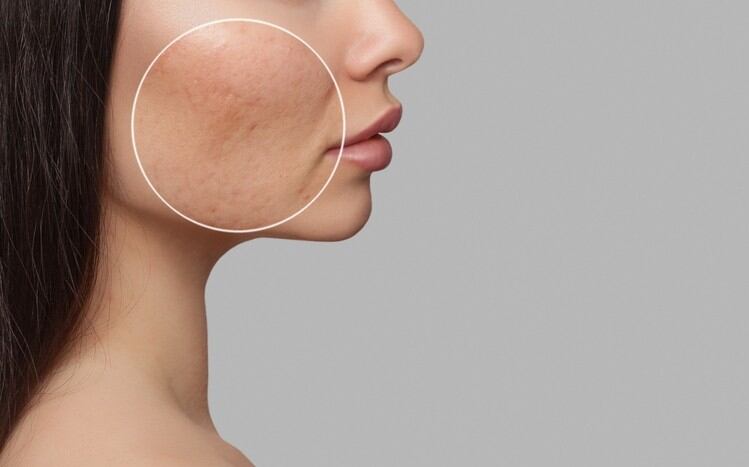The Health Food Testing Method Study Group was established late last year by Dr. Hideaki Karaki, Professor Emeritus at The University of Tokyo.
The group was set up to find out the best alternatives, including no-treatment controls studies, for proving the health benefits of FFCs.
Proving the benefits of FFCs through placebo-controlled trials has been said to be a challenge, because this type of study design is usually meant for pharmaceuticals and using it to test food functionality might not yield the appropriate results.
“In the case of food products, it is not easy to obtain statistically significant differences through placebo-controlled tests because the pharmacological effects of functional ingredients are minor.
“Instead of appropriating the efficacy testing methods of pharmaceuticals as they are, we should establish our efficacy testing methods suited to the characteristics of food products,” Hisaaki Kato, president at consultancy firm Smooth Link Inc said in the report “In-depth Analysis of FFC Notified During the First Half of FY2022”.
To add insult to injury, Nikkei Xtech – a part of Nikkei Business Publications, had published a series of articles last August that criticised manufacturers for producing insufficient clinical research papers to support the health benefits of FFCs.
The Consumer Affairs Agency (CAA), which oversees the FFCs system, has received notifications of 580 new FFCs during the first half of FY2022.
The FFCs system would enter its eighth year of implementation in April 2023.
Other problems
Another issue with the FFCs system is the rise of products claiming multiple functionalities.
“Every year, more products claim to have multiple functions in one product. Today, three or four functionalities in a product are commonplace, and seven or eight functionalities are also on the rise,” Kato pointed out.
He gave the example of a capsule product known as RG Future Generation Hearty Oval.
It contains three functional ingredients, namely lutein, zeaxanthin, and astaxanthin, but could claim to support eye function, skin moisture, skin elasticity, and enhance memory accuracy.
Another product, a drink named Chillneko, which contains only γ-Aminobutyric acid (GABA), claims to relieve stress and tension, reduce fatigue, improve sleep quality, support blood pressure, skin moisture, and skin elasticity.
“I analyse FFC products twice a year, and although the number of products increases each year and the market expands, I wonder to what extent consumers understand the essence of the products.
“For example, product "A" uses "x" as a functional ingredient, and the health claim clearly states that it supports sleep, but competitors add ingredient "y" and claim stress, fatigue, and even skin health.
“Many consumers must be wondering how a non-pharmaceutical food product can be so effective…There is much more to be done than just questioning the quality of systematic reviews and randomised controlled trials,” Kato said.
Consumer awareness
At the same time, the percentage of consumers who understand the uses of health functional foods had decreased year-on-year.
The percentage of consumers who said they knew what health functional foods were was 14.5 per cent in FY21, which was lower than 18.4 per cent recorded in FY20.
This based on an annual survey conducted by the CAA.
The percentage of consumers who knew what FFCs were had dropped from 20.7 per cent to 18.1 per cent, while that of Food for Specified Health Use (FOSHU) was down from 30.7 per cent to 27 per cent.





